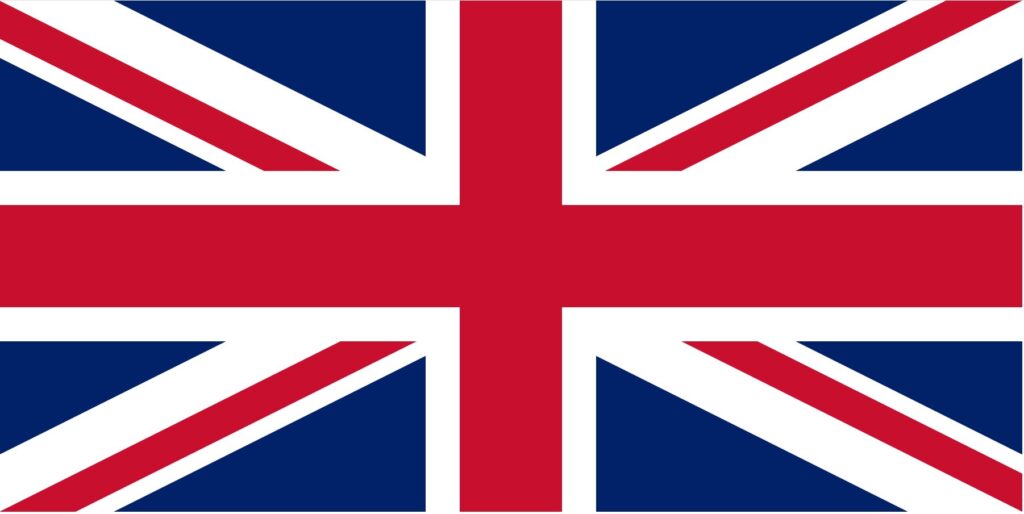
Summary
The UK recognises the importance of mobile homes in the portfolio of affordable housing solutions. Among other things, it recognises that mobile homes are independent of the land upon which they sit, and that they are different than tents and holiday homes.
They are specifically intended for permanent chattel housing where planning permission addresses “protected sites” where they are allowed.
UK Law on Mobile Homes Sites
In 1984, the UK approved the Mobile Homes Act 1983.
In 2013, it approved the Mobile Homes Act 2013. Read explanatory notes here:
It “applies to any agreement under which a person (“the occupier”) is entitled— (a) to station a mobile home on land forming part of a protected site; and (b) to occupy the mobile home as his only or main residence.
A protected site is one that has a site licence and planning permission with no restrictions as to when mobile homes can be occupied. Holiday homes are not protected by the Act. Occupiers who are absent temporarily remain protected.
A site license enables the local authority to collect license fees in lieu of rates because the mobile home is not realty (real property). It enables the local authority to include planning permission.
The UK Law on Mobile Homes since 1983
See https://england.shelter.org.uk/professional_resources/legal/renting/mobile_home_occupiers/rights_of_mobile_home_occupiers
Definition of a mobile home
The terms mobile home and caravan are used interchangeably in the law.
A caravan is a structure which is designed or adapted for human habitation and is capable of being moved from one place to another.[1] This does not include railway rolling stock or tents.
This definition covers a broad range of movable structures, including traditional caravans, campervans, motorhomes, and adapted static railway carriages. A houseboat, which consisted of a caravan on a float (known as a Hartford Houseboat) was held to meet the statutory definition of a caravan. The caravan could be towed and removed but the float could not. [2]
A large two unit caravan can be included if it:[3]
-
is composed of no more than two sections
-
can be transported by road when fully assembled
-
is less than 20 meters in length, 6.8 meters in width and 3.05 meters in height
Law on Manufacturing Standards
BS 3632:2023 is the latest British standard on how residential park homes should be made to be used as permanent homes. It is intended for
- Designers of residential park homes
- Manufacturers of residential park homes (including Quality Managers)
- Purchasers of residential park homes
- Site owners
The standard is the basis of the NCC’s Self-Certification Scheme:
- It allows different manufacturers to compare their products on an equal footing
- It enables products to conform to the requirements of Building Regulations
- It gives holiday parks confidence in product performance
- It will help reduce the carbon footprint of park homes
- It will help improve the comfort of park homes
- It helps manufacturers enter new markets and develop their expertise
- It improves the efficiency of home manufacture and strengthens risk management